Tool:
- Pocket flashlight
- Jack
- Support legs
1. The check should be carried out with a cold engine, so it is better to do it before the first trip of the day or no earlier than three hours after turning off the engine. Check the condition of your exhaust system, starting from the engine and ending with the cut of the exhaust pipe. Ideally, this check should be carried out with the vehicle raised on a winch, when there is free access to it from below. If a winch is not available, jack up the vehicle and place it securely on jack stands.
2. Diesel engine: remove the engine bottom cover.
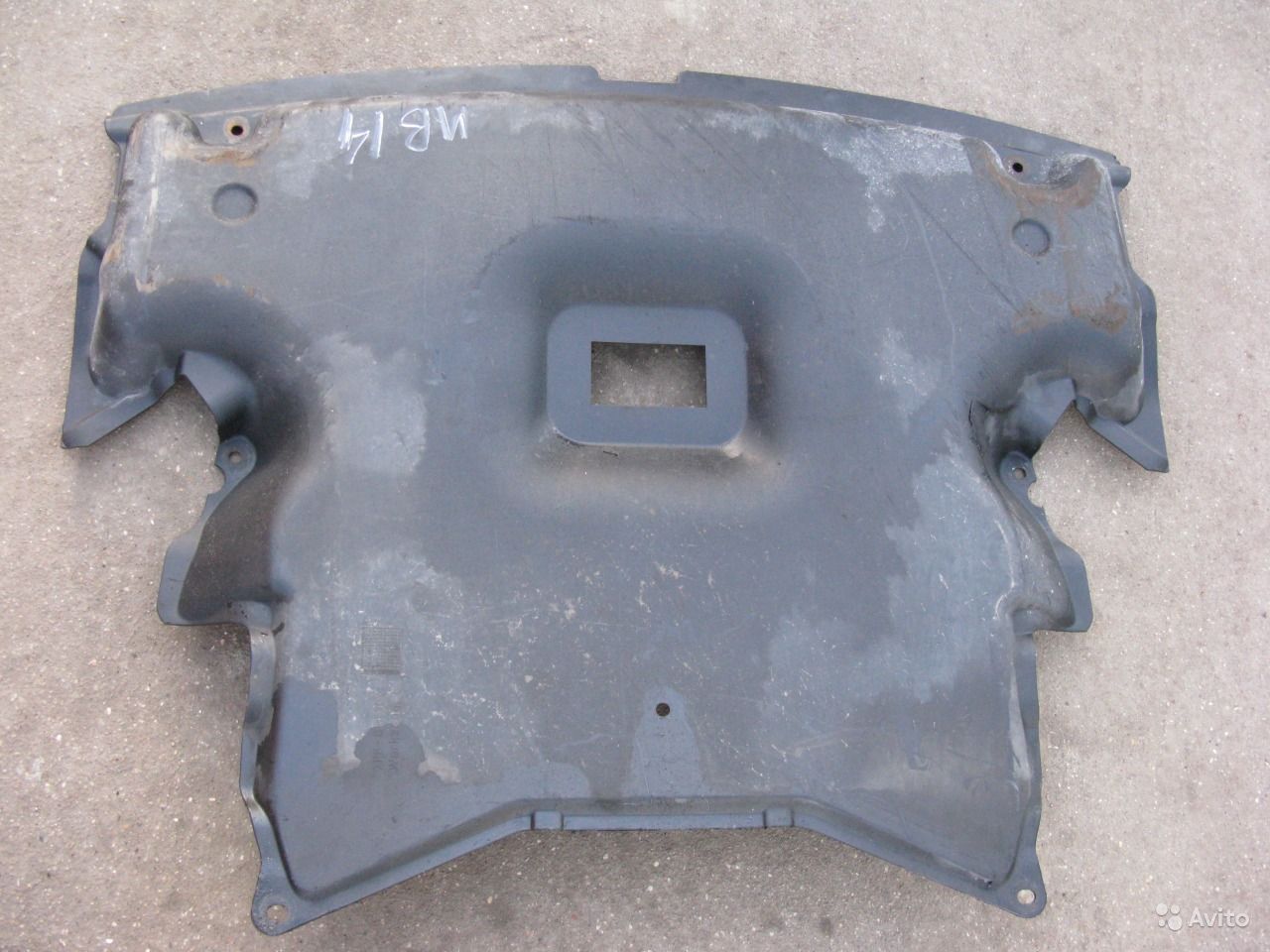
3. Check pipes and pipe connections for signs of leakage, severe corrosion, and damage. Check the condition and reliability of fastening of all brackets and hangers of the system.
4. At the same time, inspect the bottom of the car for holes, corrosion, open seams and other defects that allow exhaust gases to enter the car interior. Seal all openings with a suitable sealant.
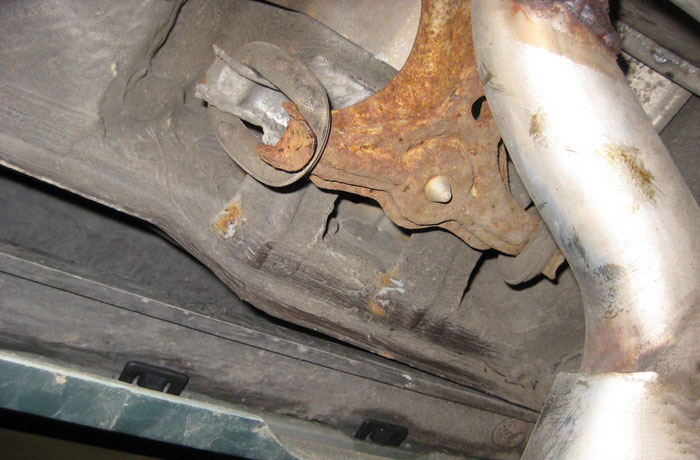
5. Light the exhaust system with a lamp and inspect for holes, rust, and chafing.
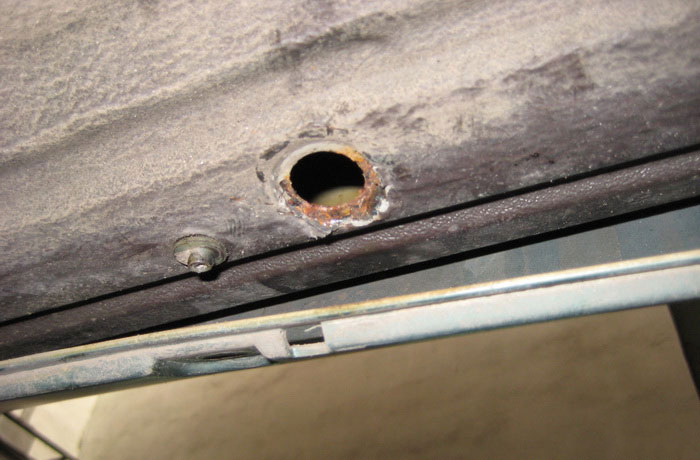
6. If there are strong dents, replace the pipes of the exhaust system.
7. Check all rubber holders by turning and rotating them for cracks and replace if necessary.
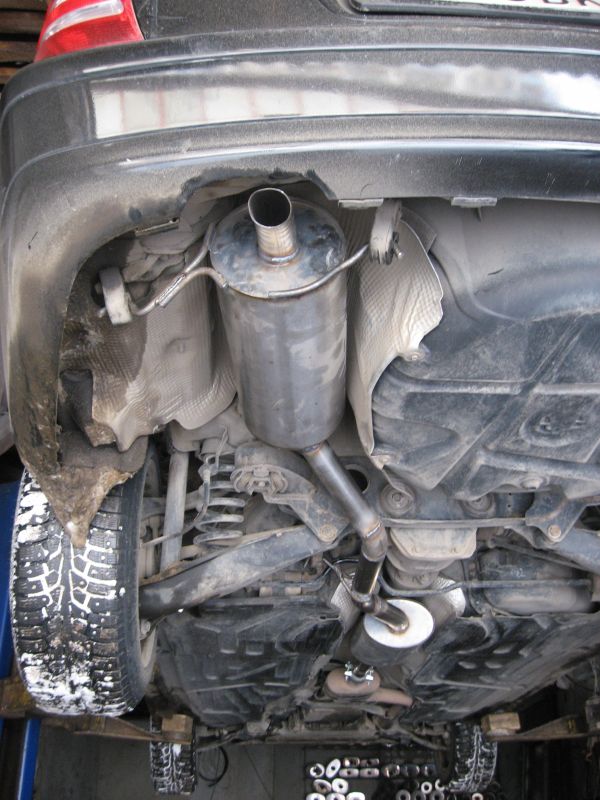
8. Petrol engine: check the electrical connections and the tightness of the lambda probe.
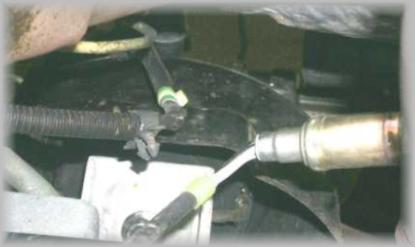
9. Diesel engine: Install the engine bottom cover.
10. Inspection of the internal surface of the exhaust pipe allows you to determine the current operating condition of the engine. The composition of the deposits in the pipe indicates the quality of the engine settings. If the inside of the pipe is black and sooty, this may indicate that the fuel system needs to be carefully checked.
11. Lower the car on wheels.
The article is missing:
-
High-quality repair photos
-
Tool photo
Source : http://auto-knigi.com/model/mb_c/3_13/
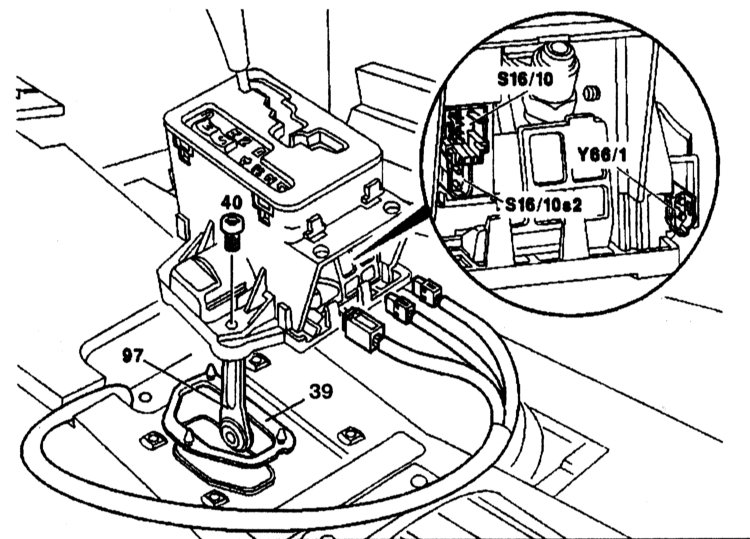
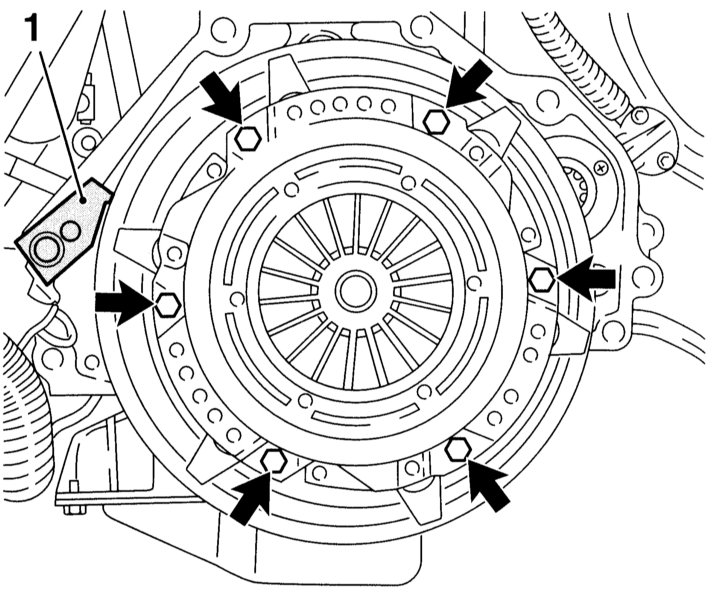
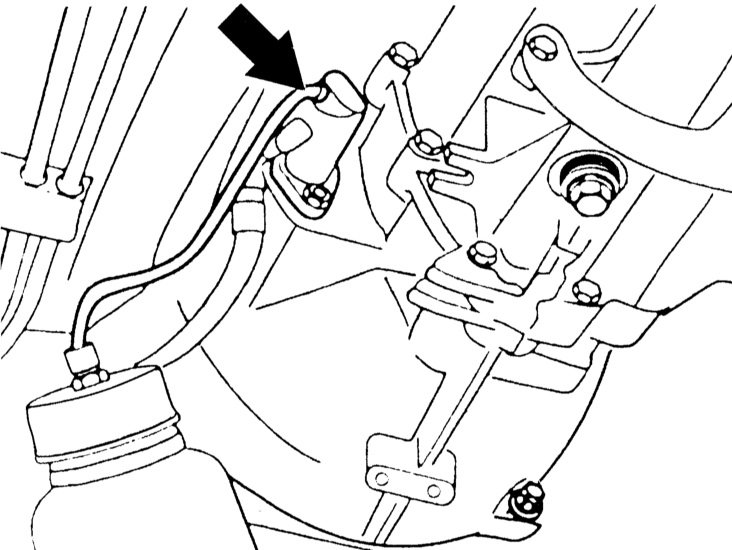
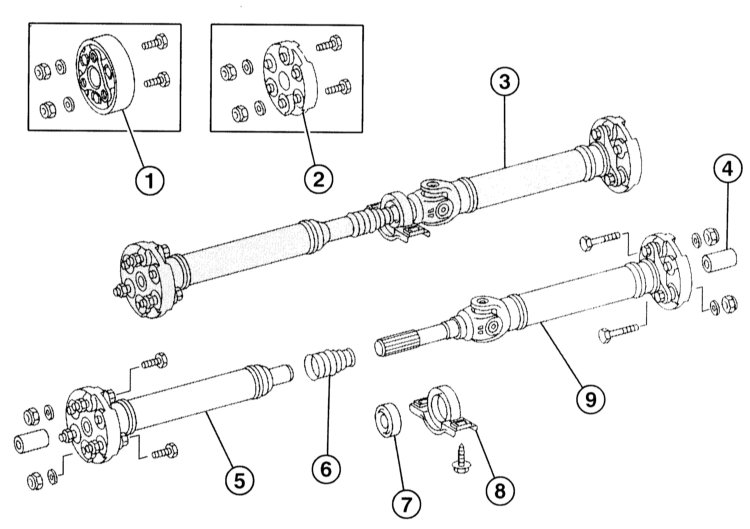
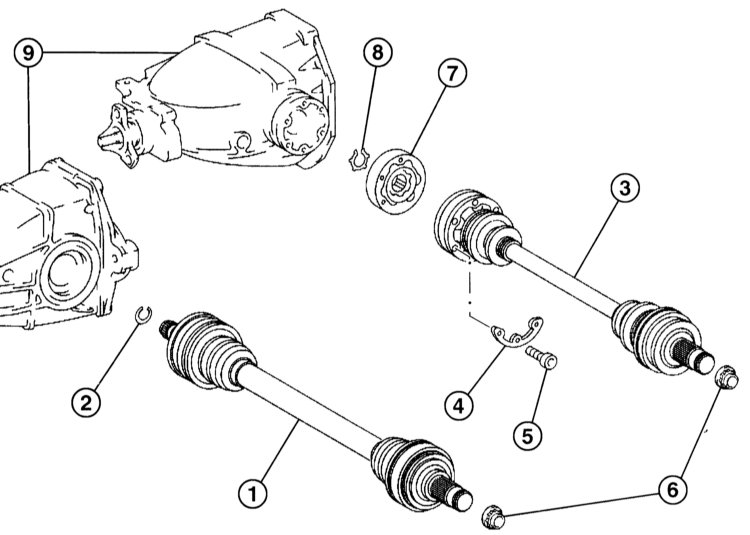
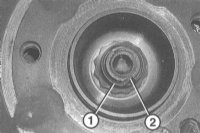
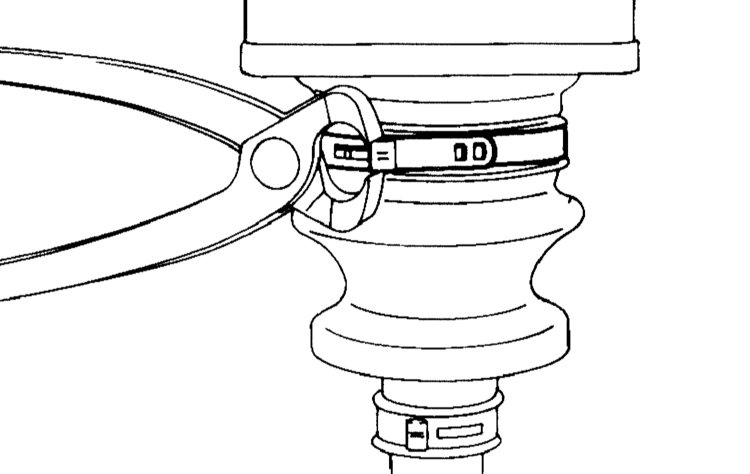
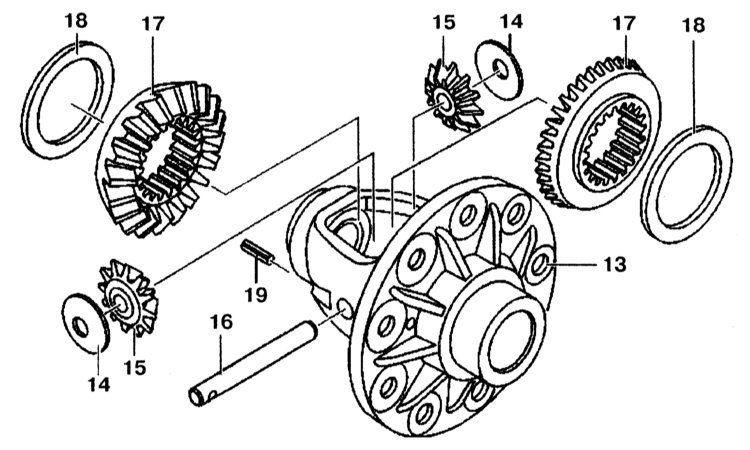
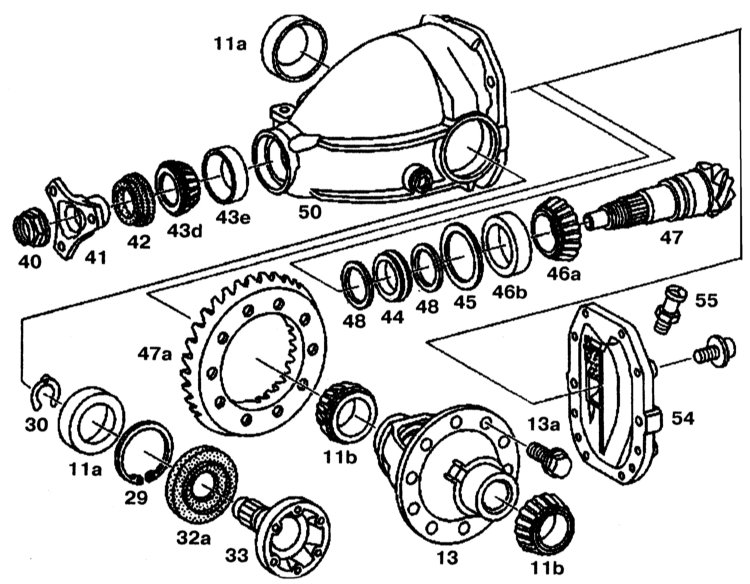
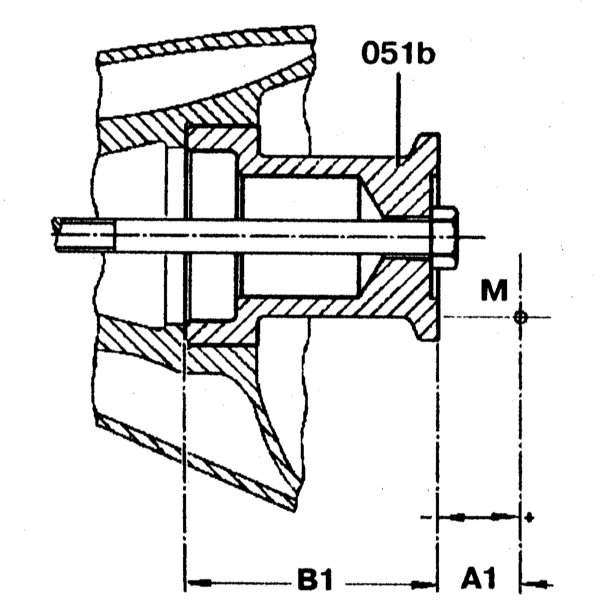
![W203/S203/CL203 [2000 - 2004]](/uploads/mercedes-c-klass-w203.jpg)
